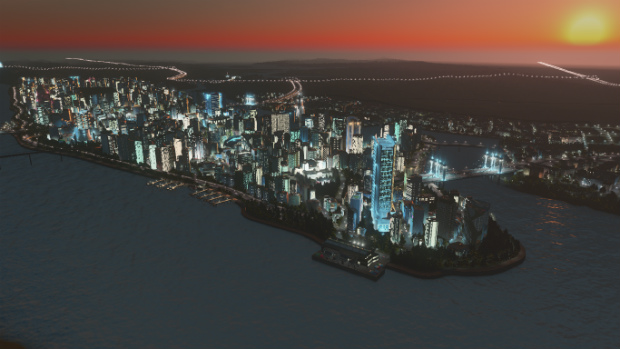
On December 11, 1995, the refurbished theater, renamed The New Victory Theater, opened as New York's first theater for kids and families. The restoration included rebuilding the original exterior double staircase that had been removed in 1911 for the widening of West 42nd Street, and returning the rest of the theater to much the way it looked during the Belasco era. The Victory was the first theater to be restored in an effort to revitalize 42nd Street and Times Square, and between 19 it underwent an $11.4 million renovation headed by Hugh Hardy of the architectural firm of Hardy Holzman Pfeiffer Associates. In 1992, it was one of seven 42nd Street theaters to fall under the auspices of The New 42nd Street, Inc., a non-profit corporation set up to oversee the redevelopment of these historic theaters and operate three projects: The New Victory Theater, The New 42nd Street Studios and The Duke on 42nd Street. In 1990, New York City, together with the State of New York, jointly took possession of the Victory. It presented the En Garde Arts company's production of the play Crowbar in 1990 and in 1991 the Theater for a New Audience offered Shakespeare's Romeo and Juliet, followed by other productions. In the early 1990s, the Victory returned to legitimate theater, using its stage space as a venue for offering plays by non-profit companies.

In 1972, as the neighborhood gradually disintegrated, it became the first theater on 42nd Street to exhibit XXX pornographic films.
CITIES SKYLINES MODS BIFF STILL PLAYS MOVIE
In 1942, it became a movie theater called The Victory, patriotically named in honor of the World War II conflict. Minsky built a double runway down the middle of the auditorium for his strippers, the most famous of whom was Gypsy Rose Lee. The Republic's most famous tenant during this time was the play Abie's Irish Rose, which ran for 2,327 performances between 19.īilly Minsky converted the Republic into Broadway's first burlesque house in 1931, calling it Minsky's Burlesque. In 1910 the name became Republic Theatre when Belasco renamed his Stuyvesant Theatre on West 44th Street for himself. Leslie Carter, George Arliss, Mary Pickford, and Lillian Gish.
CITIES SKYLINES MODS BIFF STILL PLAYS SERIES
Belasco produced a series of plays at the theater starring Mrs. Two years later the house was leased by David Belasco, who renamed it the Belasco Theatre and made major renovations to both the house and the stage.

Amazingly, all of the original putti and one lyre still remain today. Inside the theater, the elaborately decorated interior was crowned with a large dome that featured lyre-playing cherubs (or putti in Italian) perched on its rim.

It was the third theater built on West 42nd Street. This model has about 1999 tris and a 2048x512 texture, with a diffuse, shadow, normal, illumination, color and specularmap.This model has a custom LoD, which is about 48 tris with a 256x256 texture, with a diffuse, color and illumination map.īuilt by Oscar Hammerstein I in 1900 and designed by architect Albert Westover, the theater opened as the Theatre Republic on September 27, 1900, with Lionel Barrymore in James Herne's play Sag Harbor. Has two optional props, the billboard and the chandeliers. Probably the most famous theater of Broadway, the New Victory Theater is part of my 42nd street series. This is the high commercial version of My New Victory Theater


 0 kommentar(er)
0 kommentar(er)
